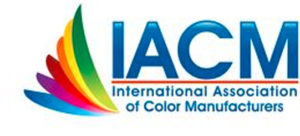 Journal of Pediatric Neurology & Neuroscience. 4(1), 55-72. Case Report.
Journal of Pediatric Neurology & Neuroscience. 4(1), 55-72. Case Report.
This study was funded by the International Association of Color Manufacturers (IACM) in response to the California Environmental Protection Agency’s Office of Environmental Health Hazard Assessment (OEHHA), which became concerned about the neurobehavioral effects of food dyes in 2018.
In the paper’s first sentence, the authors write that color additives “have a long history of safe use in human consumables.” They do not mention how many of them have been banned over past years.
In their report are found a number of tables: Table 1 lists each of the FD&C food color additives (FCA) and their various synonyms. Table 2 summarizes searches of the literature for non-clinical papers. For example, a search for Blue #1 returned 229 papers, of which 7 articles were reviewed and 4 were considered relevant. Table 3 is a chart of reviews of research dated 2012-2019. Table 4 is a chart of animal studies.
The authors conclude, “The literature on human studies from the past decade does not offer a strong, plausible, or reliable explanation that FCAs present in or eliminated from the diet has an impact on ADHD symptoms in children and adolescents.”
The authors complained specifically that some of the studies used mixtures rather than individual food dyes; thus, even though they found results, those results don’t count.
NOTE: Last time I looked, children were eating food dyes (and other additives) in combinations, not singly.




















